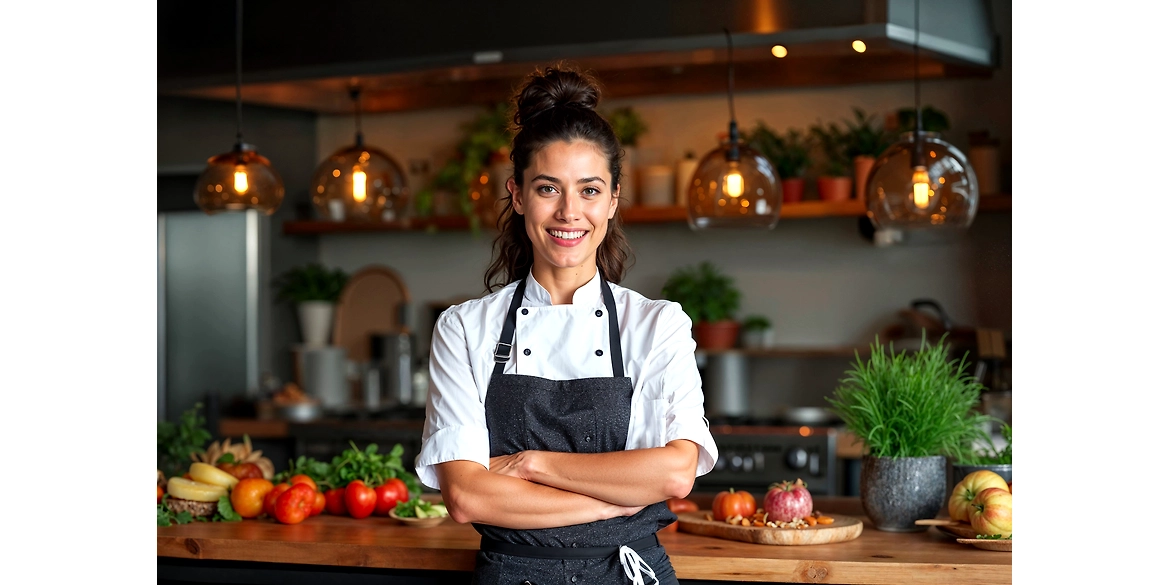At CUBIX IMPRINT, we specialize in creating high-quality printed materials that enable our clients to package their products effectively while highlighting their brand values. "Thangka Ula," a brand under CUBIX IMPRINT, is committed to s...
- (+91) 7904188380
- Tushi@cubiximprint.com
- 3/1696, Rajaganesh Nagar, Near Pallapatti Panchayat Office, Sivakasi, Tamil Nadu, India. 626123
© 2020 CUBIX IMPRINT. All Rights Reserved

In the realm of culinary artistry, a cooking journal serves as a companion, allowing chefs and home cooks alike to document their gastronomic adventures. This blog post will explore the exquisite experience of writing a cooking journal, with a special focus on the "Cookery Queen" Cooking Journal by Thangka Ula.
From the initial act of personalizing the first page to the practical features that enhance the cooking experience, we will delve into how this journal transforms the way we engage with recipes and cooking.
Preparation and Cooking Time
Begin your journal entry with essential details: the preparation and cooking time, the cuisine type, and the number of servings. This section sets the stage for your culinary creation, allowing you to plan and execute with precision.
Ingredients and Quantities
Dedicate a generous space to list the ingredients required for your recipe, along with their precise quantities. This meticulous attention to detail ensures that you can replicate your culinary triumphs with ease and consistency.
Pre-Arranged Ingredients and Preparation Notes
Create a section for noting important points regarding pre-arranged ingredients and any upcoming preparation steps. This foresight will streamline your cooking process, allowing you to focus on the artistry of your dish.
Directions for Preparation
In this expansive section, articulate the step-by-step directions for preparing your dish. This is where your culinary creativity shines, guiding you through the intricate dance of flavours and techniques that culminate in a delightful meal.
Remarks Section
Conclude your cooking journal entry with a remarks section, where you can reflect on the feedback received from those who savoured your creation. This space is invaluable for highlighting both the triumphs and challenges of your dish, fostering a spirit of continuous improvement.
Hardness Level
Assess the difficulty of the recipe in this personal section. By categorizing the hardness level, you can gauge your culinary growth and challenge yourself with more complex dishes in the future.
Rating System
Implement a rating system to evaluate your dish. This thoughtful practice not only aids in maintaining high preparation standards but also encourages you to strive for excellence in your culinary endeavours.
Personal Reflections
Allow space for personal reflections on your cooking experience. This intimate section invites you to express your thoughts, emotions, and inspirations, transforming your journal into a true reflection of your culinary journey.
The Art of Personalization and Documentation
Colouring and Designing the First Page
1. The significance of personal expression in cooking
2. Ideas for creative designs and themes
Capturing Recipes in Words
1. The importance of documenting fifty unique recipes
2. Tips for writing clear and concise recipe instructions
Practical Features of the Journal
1. The lay-flat design for effortless reference
2. Quality paper that withstands the rigors of the kitchen
3. The convenience of a page marker for easy navigation
4. The thoughtfully organized index for quick access to recipes
A cooking journal is more than just a collection of recipes; it is a testament to your growth as a cook and a celebration of the joy of cooking. By following this structured outline, you will create a luxurious and meaningful record of your culinary adventures, ensuring that each dish is remembered and cherished for years to come.
Enjoy the art of Cooking!



